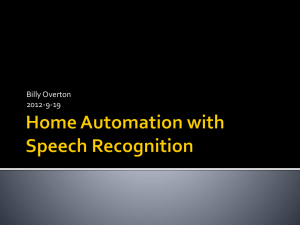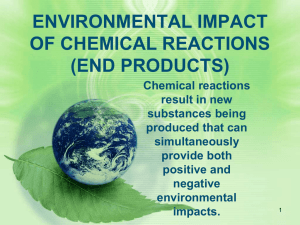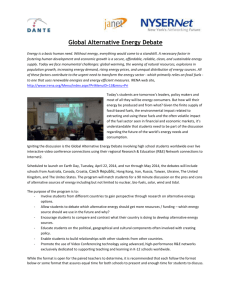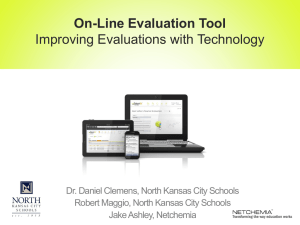APES Semester 2 Final Review *Your final is on June 4 and will
advertisement
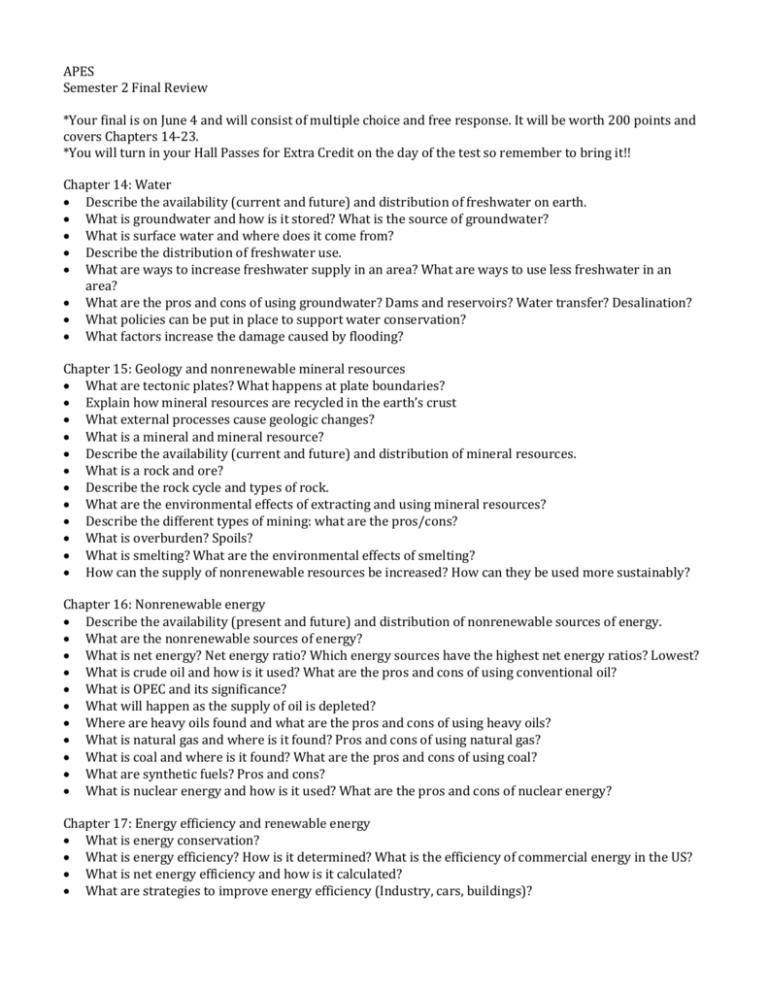
APES Semester 2 Final Review *Your final is on June 4 and will consist of multiple choice and free response. It will be worth 200 points and covers Chapters 14-23. *You will turn in your Hall Passes for Extra Credit on the day of the test so remember to bring it!! Chapter 14: Water Describe the availability (current and future) and distribution of freshwater on earth. What is groundwater and how is it stored? What is the source of groundwater? What is surface water and where does it come from? Describe the distribution of freshwater use. What are ways to increase freshwater supply in an area? What are ways to use less freshwater in an area? What are the pros and cons of using groundwater? Dams and reservoirs? Water transfer? Desalination? What policies can be put in place to support water conservation? What factors increase the damage caused by flooding? Chapter 15: Geology and nonrenewable mineral resources What are tectonic plates? What happens at plate boundaries? Explain how mineral resources are recycled in the earth’s crust What external processes cause geologic changes? What is a mineral and mineral resource? Describe the availability (current and future) and distribution of mineral resources. What is a rock and ore? Describe the rock cycle and types of rock. What are the environmental effects of extracting and using mineral resources? Describe the different types of mining: what are the pros/cons? What is overburden? Spoils? What is smelting? What are the environmental effects of smelting? How can the supply of nonrenewable resources be increased? How can they be used more sustainably? Chapter 16: Nonrenewable energy Describe the availability (present and future) and distribution of nonrenewable sources of energy. What are the nonrenewable sources of energy? What is net energy? Net energy ratio? Which energy sources have the highest net energy ratios? Lowest? What is crude oil and how is it used? What are the pros and cons of using conventional oil? What is OPEC and its significance? What will happen as the supply of oil is depleted? Where are heavy oils found and what are the pros and cons of using heavy oils? What is natural gas and where is it found? Pros and cons of using natural gas? What is coal and where is it found? What are the pros and cons of using coal? What are synthetic fuels? Pros and cons? What is nuclear energy and how is it used? What are the pros and cons of nuclear energy? Chapter 17: Energy efficiency and renewable energy What is energy conservation? What is energy efficiency? How is it determined? What is the efficiency of commercial energy in the US? What is net energy efficiency and how is it calculated? What are strategies to improve energy efficiency (Industry, cars, buildings)? What is passive and active solar heating and how does it work? What are the benefits of using these kinds of heating? How can solar energy be used to generate electricity? What forms of energy are derived from the sun? How can the water cycle be used to generate electricity? How can wind be used to generate electricity? How can biomass be used as energy? How can geothermal energy be used? How can hydrogen be used as energy? What are the pros and cons of using solar, hydro, wind, biomass, geothermal, and hydrogen power? What policies can be put in place to encourage energy efficiency and use of alternative energy? Chapter 18: Environmental Hazards and Human Health Describe the HIV epidemic and the social issues that result. What are biological hazards? Know examples of different types of biological hazards. What is an epidemic and pandemic? Know an example of each. What is antibiotic resistance, how does it arise, and what are the potential problems? What is different about the way malaria, giardia, flu, and HIV are spread? What are chemical hazards? What is a mutagen, teratogen, carcinogen, HAAs, and hormone blockers? What is toxicology, toxicity and dose? What is LC50 and LD50? What is the difference? What factors affect the toxicity of a substance? What is the dirty dozen, why are they identified, and how are they regulated? What major factors shorten the life span of people in the United States? Chapter 19: Air Pollution Describe the structure, composition, and properties of the atmosphere. What are the two sources of ozone? Which one is good? Which one is bad? Why? What are primary and secondary pollutants? Know examples of each. Know the source, formation, and effects of carbon dioxide, carbon monoxide, nitrogen oxide, nitric acid, sulfur dioxide and sulfuric acid, particulates, ozone, VOCs, radon. What are industrial smog and the “Asian Brown Cloud”? What are the sources and effects of these pollutants? What is photochemical smog and how is it formed? What factors lead to photochemical smog? What factors affect the levels or presence of air pollution? What is acid deposition, how is it formed, and what are the environmental consequences of acid deposition? What are input and output control methods? What are the major sources and consequences of indoor air pollution? In developing countries, what is the main source of indoor air pollution? How can air pollution be prevented or reduced? What policies can help prevent or reduce air pollution? Chapter 20: Climate change and ozone depletion Describe the changes in average global temperatures over the last million years and the last 150 years. What factors affect the earth’s climate? How do people interact with these processes? What are the major greenhouse gases and their source? What are the connections between human and the change in climate on earth? What are the potential consequences of global warming? How can global warming be slowed down or mitigated (actual practices, technology, policies, etc.)? What is the Kyoto protocol? What causes ozone depletion? Understand the role of CFC’s. What are the consequences of ozone depletion? How can the ozone layer be protected? What is the Montreal protocol? Copenhagen protocol? Chapter 21: Water Pollution What are point and nonpoint sources of water pollution? What are the major water pollutants, effects and their sources? What diseases can be transmitted through water? How can the quality of water or extent of pollution be determined? What is BOD, DO, and the oxygen sag curve? Know the main sources of pollution in streams, lakes, groundwater, and ocean. Know the differences in the effects of pollution on these water sources and the strategies to protect these types of water sources. What is the goal of sewage treatment? What is primary, secondary, and tertiary treatment? How do they work? What is a septic tank and how does it work? What are issues associated with sewage treatment? What are alternatives to sewage treatment? What policies regulate water quality? Chapter 22: Solid and Hazardous Waste What are the different types of waste? Why is electronic waste a problem? Describe integrated waste management and understand how it is different from conventional wastemanagement. How can waste be reduced? What are the pros and cons of these strategies? What is recycling? What are the different kinds of recycling? What is composting and how does it follow the rules of sustainability? How can policies be used to encourage waste reduction? How is solid waste dealt with? What method does the US use the most? What are the pros and cons of incineration and landfills? What is hazardous waste and how is it regulated? Know RCRA and CERLA. How is hazardous waste managed? What are the pros and cons of the various methods? What is lead and mercury, why are they bad, and how do they get into a person? What can be done to reduce the risks of lead and mercury poisoning? Chapter 23: Sustainable Cities Curitiba, Brazil. Know the case study. What is urbanization and urban growth? What are the patterns of urban growth? What are the pros and cons of urban growth/urbanization? What are the pros and cons of urban sprawl? What are the social problems associated with urbanization? What solutions can make cities more sustainable? (transportation, land-use) *remember you are responsible for materials presented by your peers!




